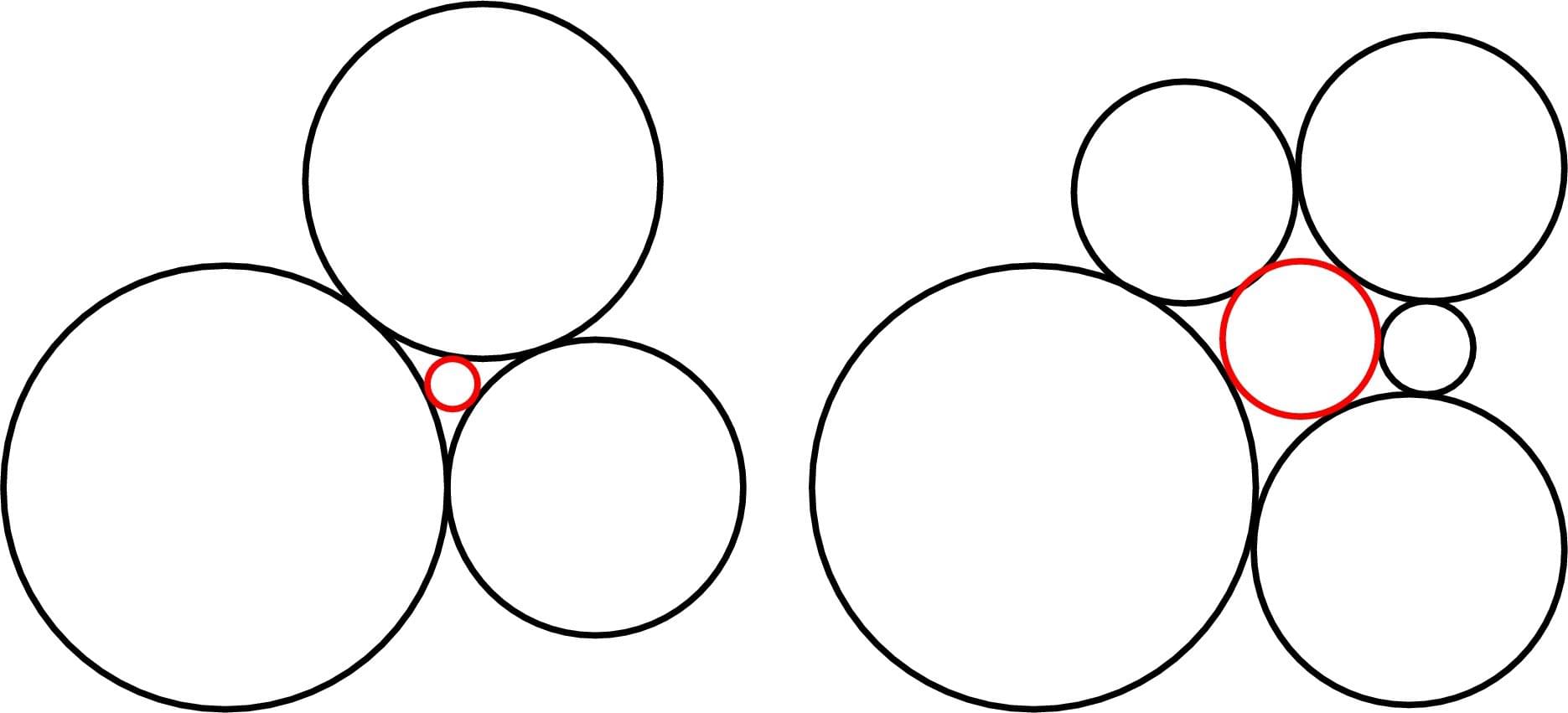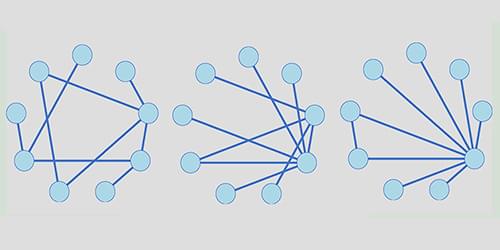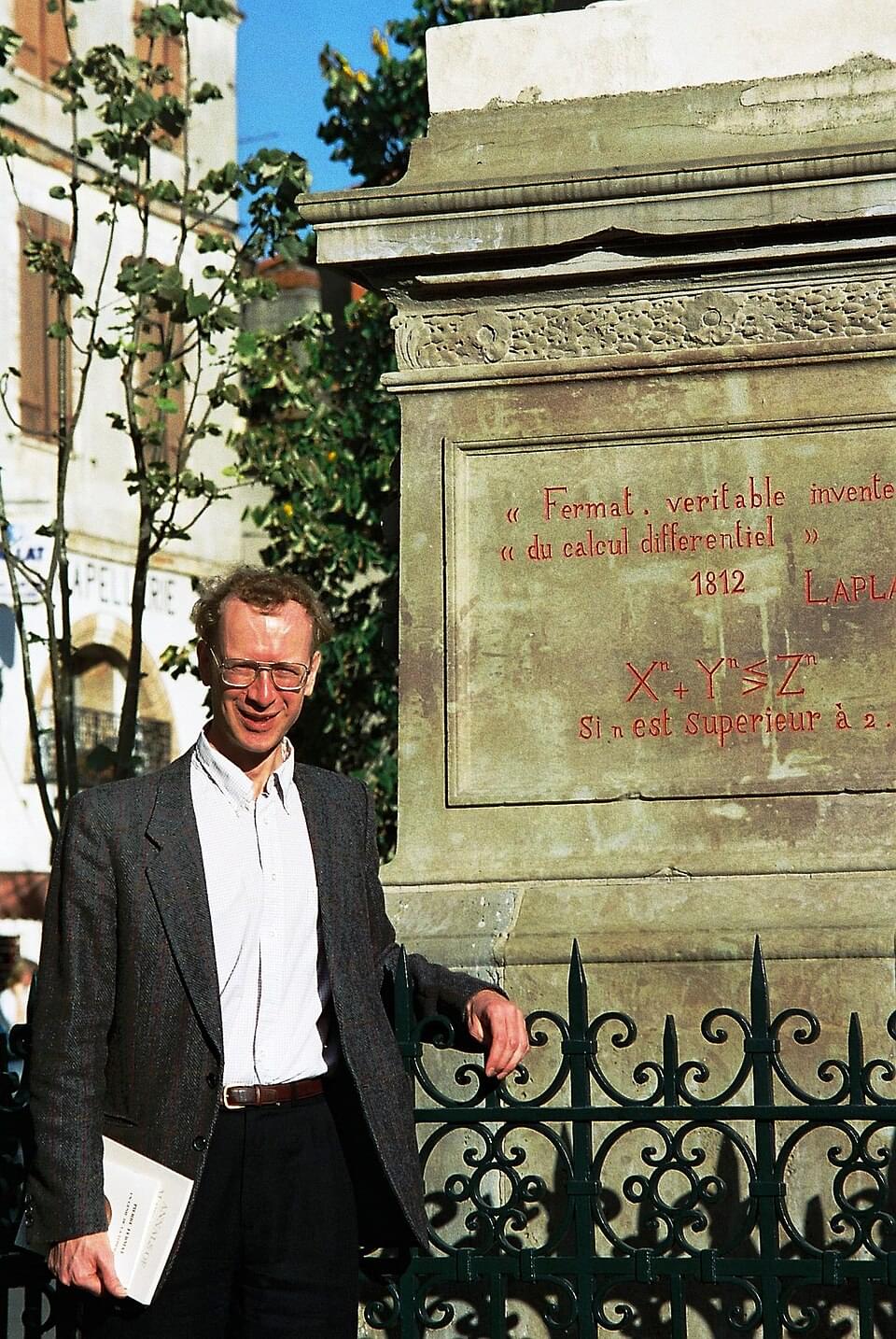A recent study published in ACM Transactions on the Web by researchers at Queen Mary University of London sheds new light on one of the most significant collapses in cryptocurrency history: the crash of the TerraUSD stablecoin and its sister token, LUNA. The research team uncovered evidence of suspicious, large-scale trading activity that may point to a coordinated effort to destabilize the ecosystem, triggering a rapid $3.5 billion loss in market value.
Led by Dr. Richard Clegg, the study uses temporal multilayer graph analysis, an advanced method for tracking dynamic and interconnected systems over time. By applying this technique to transaction data from the Ethereum blockchain, the researchers were able to trace complex relationships between cryptocurrencies and pinpoint how TerraUSD was systematically undermined through a series of calculated trades.
Stablecoins like TerraUSD are designed to maintain a steady value, typically pegged to a fiat currency like the US dollar. However, in May 2022, TerraUSD and its sister currency, LUNA, experienced a catastrophic collapse. Dr. Clegg’s research sheds light on how this happened, uncovering evidence of a coordinated attack by traders who were betting against the system, a practice known as “shorting.”









